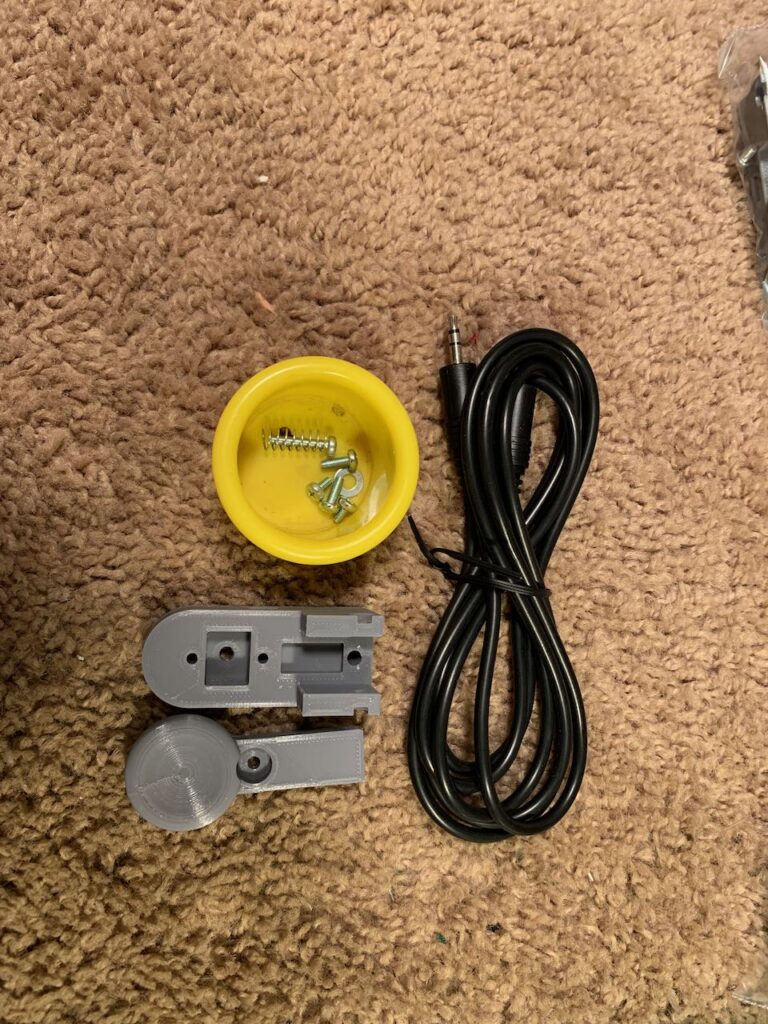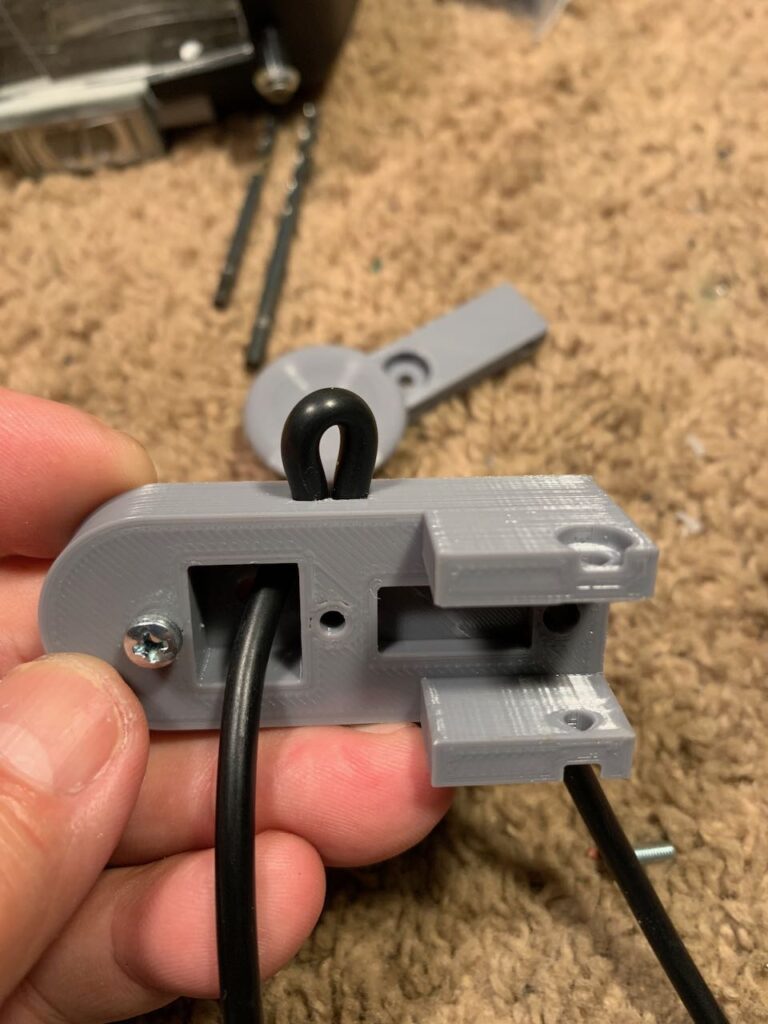Jeff Harbour, AB4ME, volunteered to 3D print CW straight keys for the club. 9 members have ordered the keys, so Jeff has been working overtime with his 3D printer, making these unique keys available at a ridiculous price of $5.
Jeff found the design online on Thingiverse at https://www.thingiverse.com/thing:3167343, designed by Torbjorn Skauli, LA4ZCA. Using his Creality Ender 3d printer, he utlized these design files for a club production run.

Jeff needed about 3 hours to print each key part, and extra labor to manually trim the surfaces, as needed, with a utility knife. The hardware used on these keys were not necessarily plentiful, especially the proper springs and 3 different sized tiny screws (especially the m3x8 mm ones). Jeff had engaged the manager of his local ACE hardware store in hopes to getting inventory available. To help out, W5OC volunteered to finish the final assembly steps.

The keys were originally planned to provide these keys as a kit, but during the course of obtaining the parts, the on-line order of 3.5mm plug ended cables was discovered not to fit within the 3D pre-printed holes. These cables had a diameter much larger than the one which had fit perfectlly in Jeff’s prototype. At this point, it decided to assemble the keys ourselves since one had to manually enlarge the 2 holes in the base using a repetitive process of enlarging the holes by drilling out the holes twice; progressively with larger bits, along with deburring.

In hindsight, pre-assembling these keys was absolutely the right decision, because of the cable fit issue and also there were a few special other techniques and modifications needed to build these up consistently. For example, running the cable through the material required some muscle and use of pliers to crimp and push the tight bent radius of looped cable as it traversed outside and back into the body.

Stripping the cable insulation without damaging the hair-thin wires required carefully technique and required light pressure of an Xacto knife to remove the cable sleeve, and the use of a self-adjusting friction pulling cable stripper (these are *great* tools).


Upon completion, each key was tested out with an ohm meter, and then on the VBand Internet chat application by sending out series of dots and dashes on the Practice Channel.


